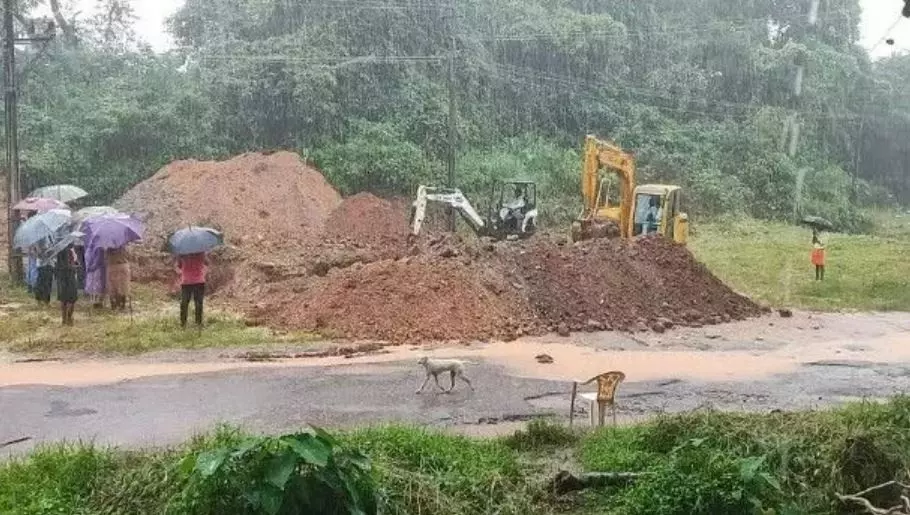
Dharmasthala case: Bones found, SIT mulls foreign-model tests, first in India
The proposed tests include aspartic amino acid racemization, infrared spectroscopy, and Raman spectroscopy. Based on recommendations from forensic science laboratory (FSL) experts, the SIT is exploring this route

Unravelling the mystery behind the bones found in Dharmasthala has become a major challenge for the Special Investigation Team (SIT). In this context, the team is seriously considering advanced foreign-model forensic examinations. Should these tests be carried out, it would mark the first instance of such procedures being used in a criminal investigation in the country.
Also read: Dharmasthala case: Bengaluru BJP leaders begin ‘Dharmasthala Chalo’ rally
The proposed tests include aspartic amino acid racemization, infrared spectroscopy, and Raman spectroscopy. Based on recommendations from forensic science laboratory (FSL) experts, the SIT is exploring this route. Officials have indicated that international forensic specialists may be roped in, subject to government approval. Sources said the SIT will seek formal clearance if it decides to proceed with these methods.
Complaint led to bone recovery
The investigation began after an unidentified person lodged a complaint alleging bodies were buried in the temple town of Dharmasthala. Acting on this tip, SIT officials dug up several spots. At the sixth point near the river Netravati bathing ghat, skeletal remains were discovered.
Also read: Dharmasthala case: Conspiracy to tarnish temple's image, says Deputy CM Shivakumar
A post-mortem confirmed they belonged to a man, but the time of burial could not be determined through regular examination. This uncertainty has prompted the move towards advanced foreign-model testing.
What foreign tests can reveal
Experts suggest that these international forensic techniques can determine the calcium content in bones, thereby helping to establish when the body was buried and the approximate time of death. Such an analysis has never been carried out in India before. If the tests go ahead in Karnataka, it would set a national precedent.
Investigators dug up 17 identified locations so far, but skeletal remains were recovered only at the sixth spot. The bones are now considered a crucial piece of evidence in the Dharmasthala “mass burials” case. Given their importance, the SIT is pushing for advanced scientific testing to ensure the findings hold up to scrutiny.
(This article was originally published in The Federal Karnataka)

